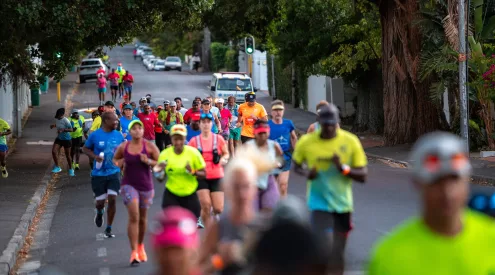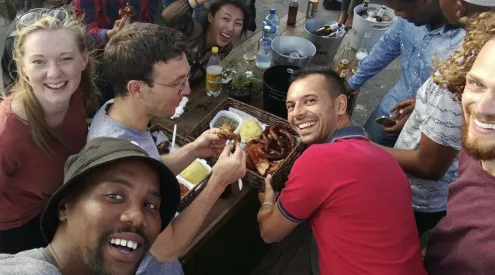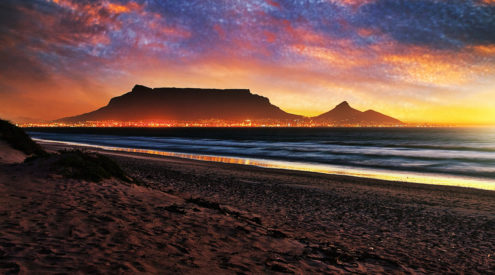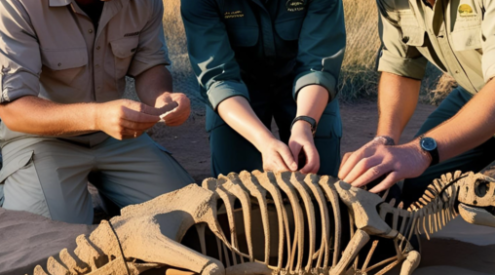With Covid putting an end to so many things, one thing we all surely miss is going to galleries for launches and special exhibitions. Thankfully, we had the opportunity to take it all in during the recent Cape Town Art Fair from the safety of our own desktops, as the organisation hosted its first digital event.

From 17-19 September, the public was invited to encounter 900+ contemporary artworks and explore the list of 53 participating exhibitors. This was made up of 28 local, 14 international and 11 galleries from the African continent.
This event ran parallel with its sister event in Milan, the Miart International and Contemporary art fair. This event offered the opportunity for a much wider audience across two continents. But why all the fuss with a digital art fair?
With the craze after a JPG file made by Mike Winkelmann, a digital artist known as Beeple, sold for $69.3 million, a new high for digital art. His collaged JPG was made, or ‘minted,’ as a ‘nonfungible token’ or NFT; a secure network of computer systems that records the sale on a digital ledger, or blockchain. This gives the buyer proof of authenticity and ownership.
As surreal as this sounds, it demonstrates that digital art has never been more prevalent, especially in a time when it’s advised to avoid crowded places when we can. With physical events cancelled globally, the art world accelerated their online platforms becoming the art world’s new order.
Even though the digital art event was welcomed, it also fuelled the craving to get up close and personal with some of the exhibitions. However, the digital art fair served as a preamble for the in-person event taking place from 18-20 February 2022 in the Cape Town International Convention Centre, the largest art fair on the African continent.
Picture: Investec Cape Town Art Fair
ALSO READ















